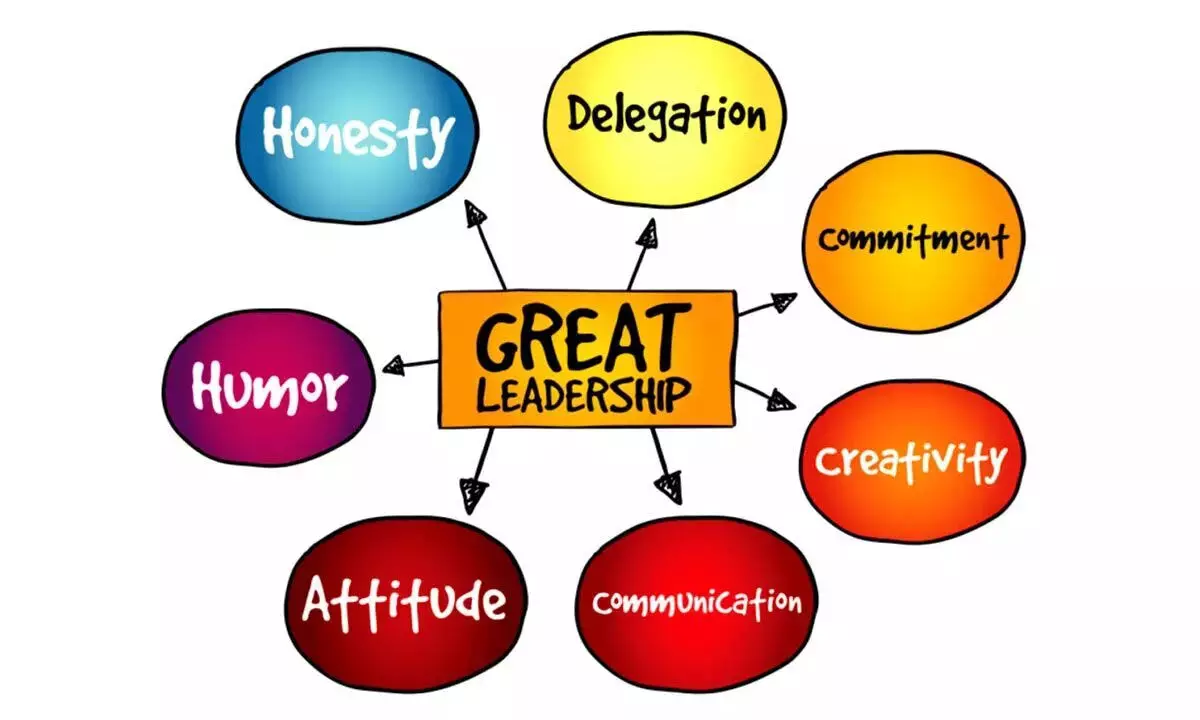Effective leadership comes from ability to conquer perception problems

Effective leadership comes from ability to conquer perception problems
Strategic execution becomes difficult due to differing perceptions of employees and company executives
Leadership is lifting a person's vision to high sights, the raising of a person's performance to a higher standard, the building of a personality beyond its normal limitations-Peter Drucker
In an era of rapid organizational changes and socioeconomic upheavals, leadership has become an invaluable asset. Today, more than ever before, we need leaders who can take charge of the organization's ship when the waters get turbulent, who can guide a pool of employees to astounding results despite challenging circumstances and above all, sustain the working spirit intact as changes animate our everyday lives.
This is an opportune time to look at what hinders leadership, among which is the perception problem. Studies have shown that perceptions of leaders shape workplace cultures and employee engagement and how leaders are acknowledged can determine the direction work takes.
What is perception problem and how has it manifested in the current scenario? What can be done to counter it? These questions necessitate a deeper look into in order to understand the crux of the matter. According to Engagement Multiplier, a platform which assesses employee engagement, a leadership perception gap exists, which is the difference between how leaders and executives perceive their effectiveness and the perceptions of their employees about the same. It states that when employees and company executives have differing perceptions of the company's leaders, strategic execution becomes difficult. If employees have a poor perception of their leadership – whether that means their direct managers, department leaders, or the executive team – they are less likely to trust them, follow their directions or support their decisions.
The presence of this gap along with distrust has been supported by other findings, including the Achievers report that showed that only 21 percent of HR and engagement leaders feel that employees deeply trust their company's upper management, with a whopping 79 per cent of HR leaders feeling less confident about managers' relationships with employees.
It is noteworthy that the perception problem is particularly dangerous because it can very well be the case that the leaders may possess excellent credentials and yet, widespread distrust can drive the organization into a disadvantageous direction. A perception problem occurs when the behaviour of the leaders is perceived to be in non-alignment with the interests of the employees, leading the conversation in the company to a deadlock, causing repressed and uncertain working conditions. That is indeed where corrective measures can start— countering the image of non-aligned interests.
Employees are likely to distrust seniors and leaders when meaningful communication seems barely possible, when the leader appears to be less credible and has inconsistent standards of performance and remains out of the loop. In short, when a leader is seen as an inaccessible power-wielding authority figure or even a difficult person to deal with, communication, coordination and engagement are likely to become dysfunctional. On the other hand, when the leader appears to be a committed mentor, whose interests lie in energizing the company from within and making employees deliver and feel valued in tough contexts, the picture changes entirely.
A key part of avoiding an unfavourable perception is communication and accessibility and the endeavour does not end at just keeping channels of feedback and responses open but also engaging with people in direct ways, preferably on a personal level.
This requires an unleashing of both organizational strategy and emotional intelligence, for trust is built through both professional credibility alongside carving a space for vulnerability, where the employee can open up about challenges and receive adequate guidance. The other side of the coin requires judicious speculation and pre-empting, alongside open-mindedness, since good leaders must be able to read the environment at work, evaluate their own insights and be open to other people's interpretations and ideas. Crucially, and most importantly, good leaders should be able to assess the impact of their presence and keep evaluating circumstances and revising their approaches to dealing with employees, based on the specificities of situations that unfold at the workplace.
On the whole, battling the perception problem requires a conscious mix of self-assessment, accessibility and open-mindedness. There are no prescriptive methods to create a good perception as a leader, since one size does not fit all in the terrain of modern work. However, at the end of the day, a leader is an entity that connects with the people and makes them believe in the relevance of their mission and their capabilities to deliver. That positive impact can certainly come from being flexible, dynamic, self-reflective and empathetic. Leadership succeeds when it is perceived as elevating and empowering and that is a perception which can certainly be accomplished through mindful commitment and leading decisively with care.
(The author is Founder & CEO Upsurge Global and Adjunct Professor and
Advisor EThames College)














